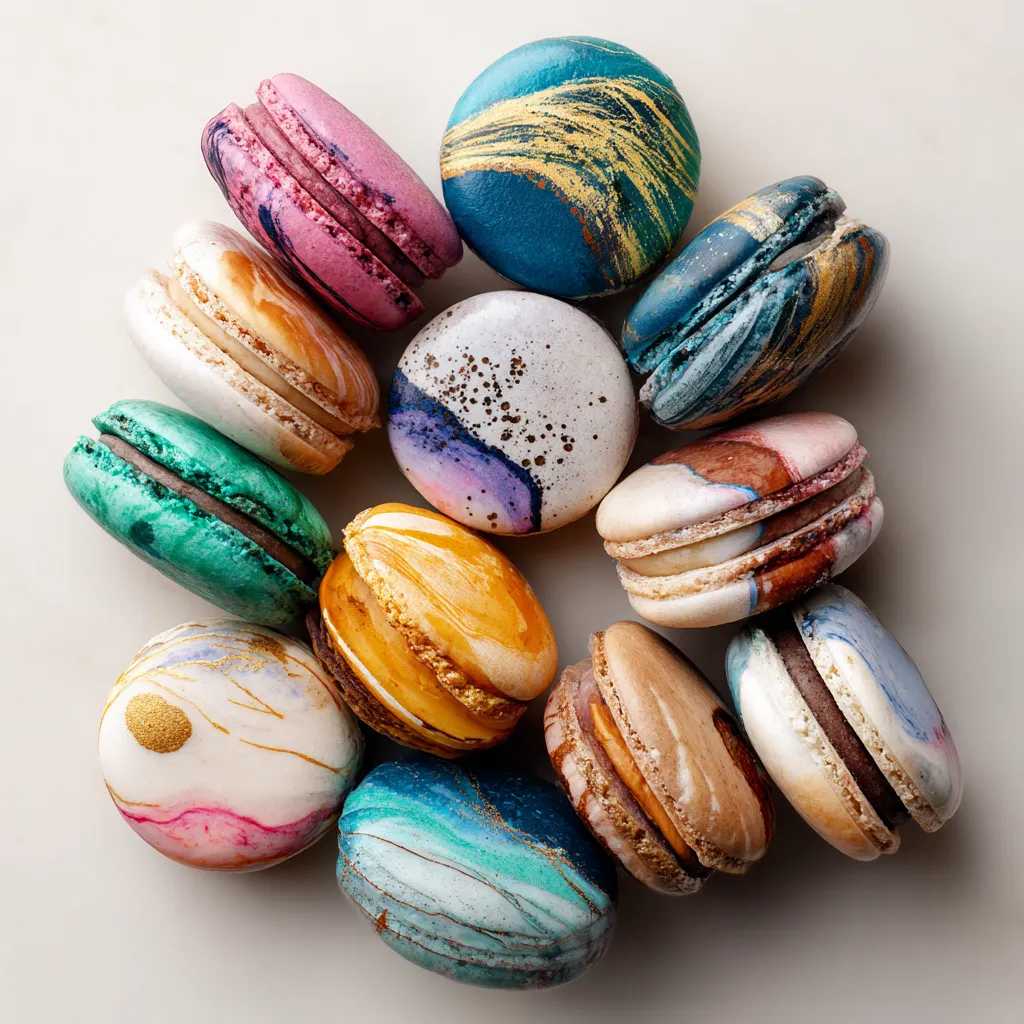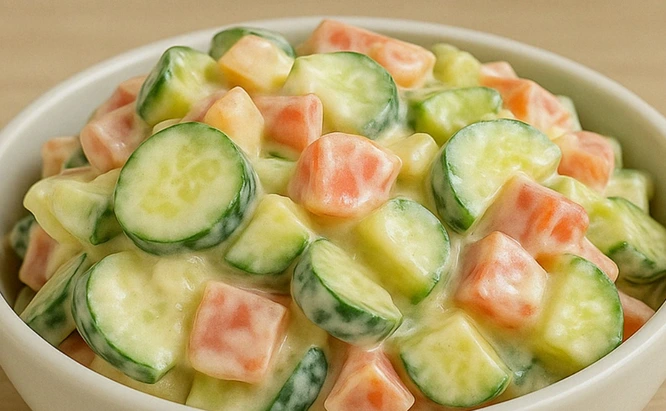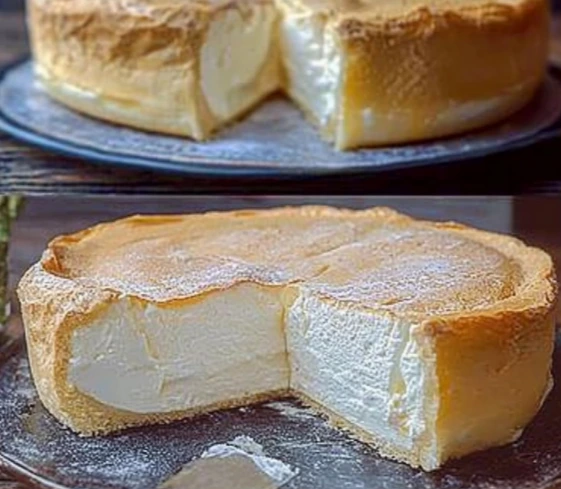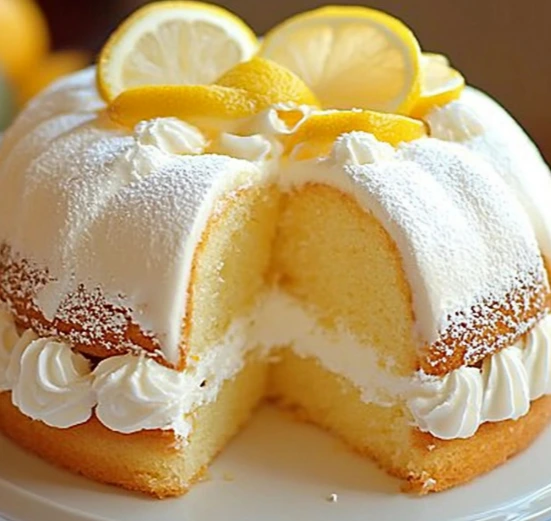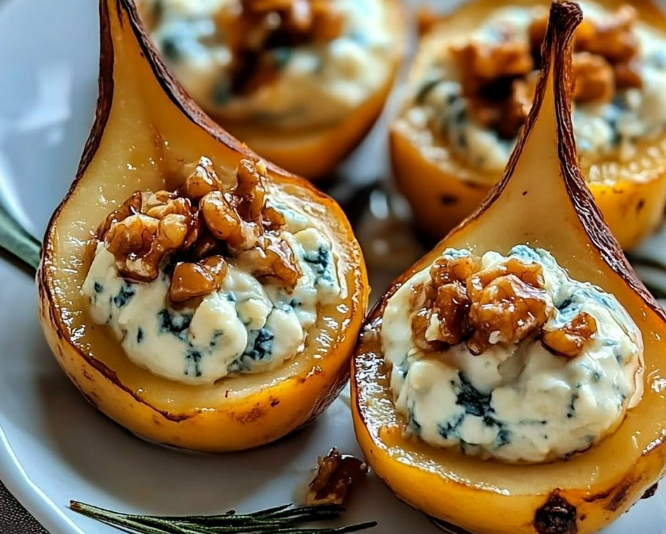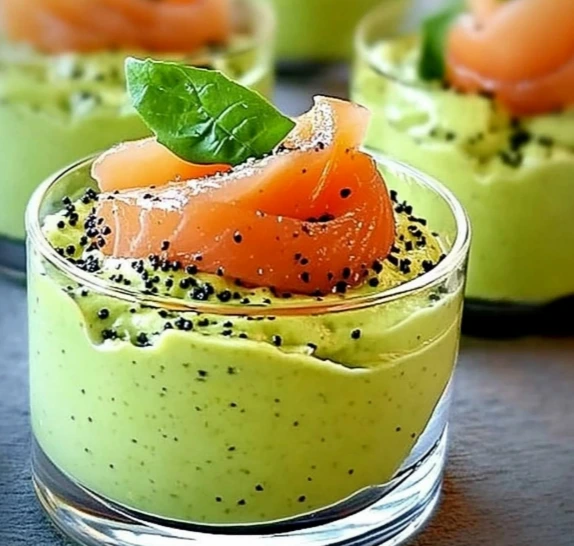When it comes to fancy desserts, few can rival the elegance and charm of French macarons. These colorful, delicate confections are more than just cookies—they are a symbol of luxury, artistry, and culinary perfection. With their crisp outer shell, soft chewy interior, and luscious fillings, macarons have become a global obsession for dessert lovers and bakers alike.
Whether you’ve seen them in Parisian pâtisseries, wedding dessert tables, or Pinterest boards filled with fancy desserts, macarons always stand out as a showstopper. But here’s the truth: making them at home isn’t as intimidating as it looks—if you know the right techniques.
In this comprehensive guide, we’ll cover everything you need to know about French macarons: their history, essential ingredients, step-by-step preparation, troubleshooting tips, creative flavor ideas, and how to serve them beautifully at any special occasion. By the end, you’ll not only understand why macarons are considered one of the world’s finest fancy desserts, but you’ll also have the confidence to make them yourself.
What Makes French Macarons the King of Fancy Desserts?
French macarons are unique because they balance delicacy and decadence. They look sophisticated, yet each bite delivers layers of flavor and texture:
-
Crispy and smooth shell with that signature glossy finish
-
Soft, chewy inside that melts in your mouth
-
Flavorful fillings ranging from buttercream to ganache to fruit jams
Unlike simple cookies, macarons require precision, patience, and artistry—qualities that elevate them into the world of fancy desserts. They are not just baked goods; they are edible jewelry for your dessert table.
The History of Macarons
Macarons have a fascinating story that dates back centuries. They originated in Italy during the Renaissance and were brought to France in the 16th century by Catherine de’ Medici’s chefs. However, the modern French macaron we know today—two delicate shells sandwiched with a creamy filling—was popularized in the early 20th century by the famous Parisian pâtisserie Ladurée.
Today, macarons symbolize Parisian elegance and remain a cornerstone of fancy desserts worldwide. From Tokyo to New York, bakeries compete to craft the most innovative flavors and colorful presentations.
Ingredients for French Macarons
To make authentic French macarons, you need just a handful of simple ingredients:
-
Almond flour – finely ground almonds, essential for smooth shells
-
Powdered sugar – creates the delicate texture
-
Egg whites – whipped to glossy peaks for structure
-
Granulated sugar – stabilizes the meringue
-
Food coloring – optional, but gives macarons their signature pastel hues
-
Filling of choice – buttercream, chocolate ganache, fruit jam, caramel, etc.
These may sound simple, but it’s the technique that turns them into fancy desserts worthy of a Parisian bakery.
Required Kitchen Tools
Before diving into the recipe, make sure you have these essentials:
-
Mixing bowls
-
Electric mixer or stand mixer
-
Fine mesh sifter
-
Rubber spatula
-
Piping bags with round tips
-
Baking sheets
-
Parchment paper or silicone baking mats
-
Oven thermometer (accuracy is key!)
-
Cooling rack
Step-by-Step Guide to Perfect French Macarons
Step 1: Sift Dry Ingredients
Sift almond flour and powdered sugar together at least twice. This ensures smooth, lump-free shells.
Step 2: Make the Meringue
Whip egg whites until foamy, then gradually add granulated sugar until stiff, glossy peaks form. Add gel food coloring if desired.
Step 3: Macaronage (Folding Technique)
Gently fold the sifted dry ingredients into the meringue. The batter should flow like thick lava, forming ribbons that settle back into the mixture within 10 seconds.
Step 4: Pipe the Shells
Transfer batter into a piping bag. Pipe uniform circles onto prepared baking sheets. Tap trays against the counter to release air bubbles.
Step 5: Rest the Shells
Let the piped shells sit at room temperature for 30–60 minutes until they form a skin. This step is critical for creating the signature macaron “feet.”
Step 6: Bake to Perfection
Bake in a preheated oven (300°F / 150°C) for 15–18 minutes. Shells should rise with frilly edges (feet) and lift easily off the parchment when done.
Step 7: Fill and Assemble
Once cooled, pair shells of similar size. Pipe your chosen filling onto one shell, then sandwich with another. Refrigerate for at least 24 hours for flavors to mature.
Creative Flavor Ideas for Fancy Dessert Macarons
One of the best things about macarons is their versatility. Here are some fancy dessert variations to try:
-
Classic Vanilla Buttercream – timeless and elegant
-
Chocolate Ganache – rich and indulgent
-
Raspberry Jam with White Chocolate – fruity and balanced
-
Pistachio Cream – nutty and luxurious
-
Salted Caramel – sweet meets savory sophistication
-
Lavender Honey – floral and unique
-
Matcha Green Tea – trendy and earthy
Pairing flavors and colors allows you to create macaron assortments that dazzle at parties, weddings, and holiday tables.
Troubleshooting Common Macaron Problems
Even experienced bakers encounter challenges. Here’s how to fix them:
-
Cracked Shells → Batter too stiff or oven too hot.
-
No Feet → Batter under-mixed or shells not rested enough.
-
Hollow Shells → Over-whipped meringue or under-baked.
-
Uneven Shapes → Inconsistent piping technique.
Mastering macarons takes practice, but every mistake is a step closer to perfection.
Why French Macarons Belong in the World of Fancy Desserts
-
Visual Appeal: Their rainbow colors and chic presentation make them Instagram-worthy.
-
Luxury Factor: They are often associated with upscale cafés, weddings, and luxury brands.
-
Customizable: They can be themed for seasons, holidays, or events.
-
Global Appeal: Everyone from kids to adults loves them.
No wonder French macarons top the list of fancy desserts worldwide.
Serving and Presentation Ideas
If you want to wow your guests, don’t just serve macarons—present them beautifully:
-
Arrange them on a tiered dessert stand.
-
Box them in decorative packaging for party favors.
-
Pair them with champagne or sparkling cranberry punch for festive celebrations.
-
Create a macaron tower centerpiece for weddings and birthdays.
Nutritional Information (Approx. per macaron)
-
Calories: 70–90
-
Fat: 4 g
-
Carbohydrates: 10 g
-
Protein: 2 g
-
Sugar: 8 g
They may not be the healthiest treat, but as part of fancy desserts, they are worth every bite in moderation.
Conclusion
French macarons are the epitome of fancy desserts—delicate, colorful, flavorful, and endlessly customizable. With the right ingredients, tools, and techniques, you can recreate this Parisian masterpiece in your own kitchen.
So, whether you’re planning a holiday gathering, a wedding, or just craving something elegant with your afternoon tea, macarons will always impress. They’re not just cookies; they’re an experience.
Take the time to make them, savor them, and share them—and you’ll discover why these fancy desserts have captured hearts all over the world.

